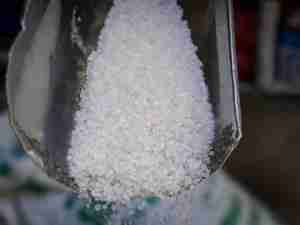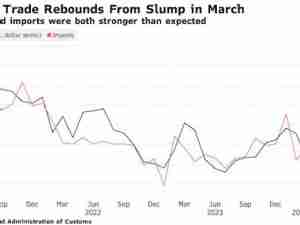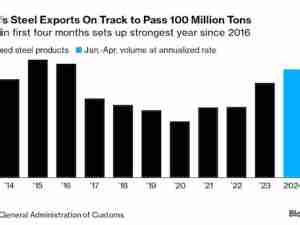AG Secretary Vilsack expands market access for U.S. beef in Peru during agribusiness trade mission
posted by AJOT | Apr 20 2016 at 02:22 PM | International Trade
Secretary of Agriculture Thomas Vilsack’s March 13-16 visit to Lima invigorated the $3 billion U.S.- Peru bilateral agricultural trade relationship, reopening the Peruvian market to all U.S. beef and beef products. His trip to Peru, the first by a sitting Secretary of Agriculture and one of the longest in Secretary Vilsack’s tenure, highlighted the remarkable success and transformative impact of the U.S.-Peru Trade Promotion Agreement (PTPA). Secretary Vilsack highlighted the benefits of the Trans-Pacific Partnership (TPP), cooperation on climate change, and opportunities for bilateral ethanol trade.
He underscored with interlocutors and local press how Peru’s trade-driven economic growth has been a driver for reducing poverty. A 34-company strong agribusiness trade mission, one of the largest to date for USDA, accompanied the Secretary.
General Information:
Secretary Vilsack’s visit secured full market access for U.S. beef and beef products, culminating over two years of U.S. Government engagement with Peru. At $3 billion in two-way trade in 2015, agriculture remains a trade highlight under the U.S.-Peru Trade Promotion Agreement (PTPA), fueling non-traditional exports, job promotion, and poverty reduction in a complementary trade pattern.
The U.S.-Peru Trade Promotion Agreement continues to be a success in its seventh year, with bilateral agricultural trade holding steady at record levels of $3 billion in 2015. Despite the success, Peru’s market remained partially closed to U.S. beef and beef products since 2013 due to concerns about bovine spongiform encephalopathy (BSE). After almost two years of U.S. Government (USG) engagement, on March 14 Peru’s Minister of Agriculture, Juan Manuel Benites, delivered to the Secretary a resolution granting the United States full market access for all beef and beef products. He also delivered the side letter signed by the Ministers of Agriculture, Health, and Trade to re-establish trade pursuant to the U.S- Peru Trade Promotion Agreement.
Peru now fully recognizes the World Organization for Animal Health’s (OIE) classification of the United States as “negligible risk” for BSE. The change allows USDA to remove a requirement that the U.S. beef exported to Peru be accompanied by USDA Agricultural Market Service’s Export Verification (EV) Program. All federally-inspected U.S. beef establishments are now eligible to ship to Peru. Immediately following the announcement in Lima, a member of the trade delegation concluded a new order for U.S. beef (estimated value of $500,000) for export to Peru. FAS Lima estimates that exports of U.S. beef and beef products to Peru will grow from $36 million to about $50 million within the next 2-3 years due to greater volume and strong consumer demand. The excellent U.S.-Peru regulatory relationship has help lead to progress on bilateral market access issues.
TPP Promotion
On the Trans-Pacific Partnership (TPP), Secretary Vilsack highlighted the success of the PTPA and its role in promoting broad-based economic growth. He extolled Peru as a model for the world as its commitment to free trade, open markets, and transparency helped halve poverty in a generation.
Promoting Ethanol
In meetings with the private sector and the Ministry of Energy and Mines, Secretary Vilsack discussed biofuels and sought expanded access for U.S. ethanol producers. According to the U.S. ethanol industry, Peru is consistently a top 10 consumer for U.S. ethanol exports, purchasing some $57 million in 2015 alone. The Secretary underscored USDA’s interest in cooperation, seeking to strengthen bilateral relations.
Commitment to Open Data and Cooperation on Climate Change
On climate change, Secretary Vilsack highlighted the Global Open Data for Agriculture and Nutrition initiative and its aim at providing global partners with access to information done by the United States, making it easier for scientists to participate in the Global Research Alliance and share best practices on climate change.
Agribusiness Trade Mission (ATM): A Cornucopia of Commercial Successes
The Secretary’s agribusiness trade mission, one of the largest in USDA history, included 34 companies, Maryland’s State Department of Agriculture, and USDA Cooperator groups representing more than two dozen sectors. In addition to one-on-one meetings with potential Peruvian importers, trade mission members also participated in a luncheon with Secretary Vilsack and members of the American Chamber of Commerce and a reception with key members of Peru’s agribusiness sector. Mission members represented a wide variety of products ranging from fruits and vegetables, seafood, meats and ethanol, underscoring the tremendous diversity of the Peruvian market and its potential for continued growth.









